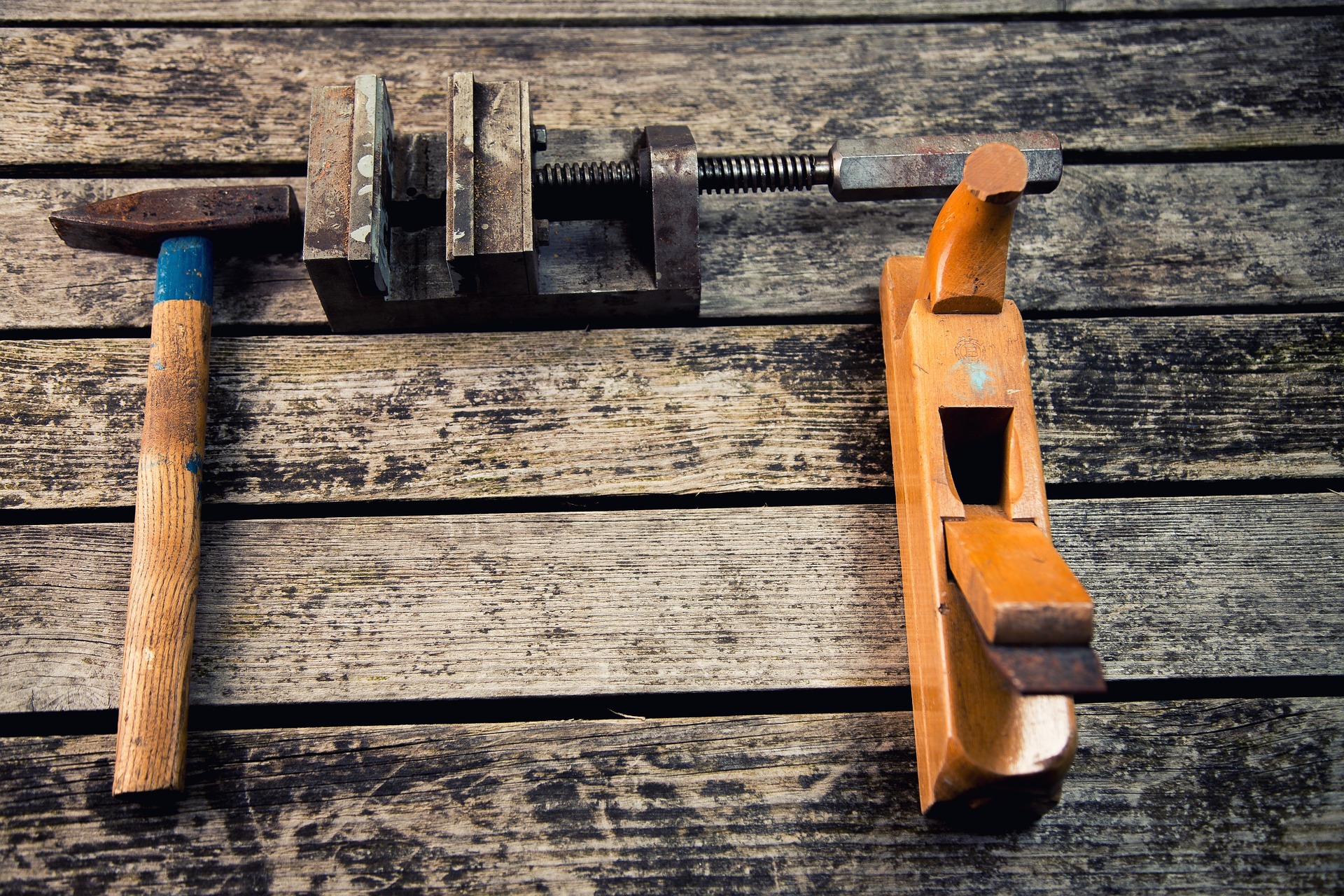Useworthiness

A product that only improves my life marginally has to be really good for me to keep using it.
On the other hand, a badly designed, or even unstable, product that provides something really valuable, will be used anyway. (That is, until something better is available, or the pain grows too big.)
Useworthiness is the combination of usability and utility. How well it works is weighted with how valuable the function is. Both impact how the user interacts with your product.
Compare it with food. That something is easy to eat and that it is tasty is two different things. Eating canned corn with a spoon is really easy. Despite that, I prefer to eat it fresh on the cob, including the flossing required afterwards.
If you work with software that provides something really useful, people might be using it despite its level of quality.
If it is something that the user has to do, participation data is even less valuable to decide the quality of your product.
Get feedback from you user, besides recorded data, to separate the usability from the utility and retain customers over time.
If you take pride in producing quality user experience and product stability, make sure you work with something valuable to people, so that it is not wasted.
User research is the best way to get useworthy products.



Comment on the blog!
Create a comment by emailing me.
Open an email to start writing.I will then add the comment to the post.